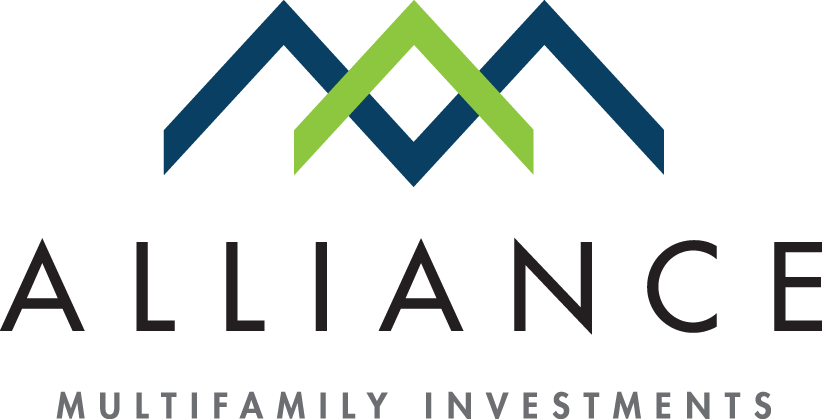
Sourcing
Value-add multifamily sales totaled approximately $5 billion, or 13 percent, of national apartment sale revenues. We seek to generate heightened yields by garnering untapped revenue potential or creating value through property upgrades.
Although the premise has been around for ages, value-add investment is sweeping the multifamily markets. This national trend reflects the thriving U.S. multifamily environment, where the number of residents willing to pay higher rents for an improved living experience is surprisingly deep. In fact, statistics published by RealPage/MPF Research report that U.S. apartment rents grew 4.6 percent and occupancy rates averaged 96.2 percent during the second quarter of 2016.

Innovative Investing
Success requires creativity to uncover an asset’s hidden potential and strategic discipline to execute an enhancement program that maximizes results. While the range of opportunities to create value in multifamily properties is broad, varying by property and market, they comprise three categories: operational enhancements, capital improvements and total repositioning.

Operational Enhancements
Operational enhancement opportunities are most common in under-managed properties and frequently require little capital investment. Examples include raising rents to market levels, initiating or enforcing fee income policies such as pet fees and late fees, and reducing expenses.

A Sophisticated Approach
Some take a more sophisticated approach, particularly those with institutional capital partners. The underwriting metrics applied by these investors are remarkably consistent. For shorter-term holding periods of three-to-five years, value-add investors target a leveraged IRR ranging from 16 to 20 percent.
Strategies for Success
The most critical strategic consideration for for us relates to the scope of property enhancement programs. Successful value-add strategies strike the most optimal balance of cost-versus-reward, measured by ROI. Underinvesting in upgrades can leave potential revenue on the table, while overspending on improvement that do not materially increase revenue can dilute returns.
Strategic planning for value-add investments recognizes the crucial role reversion pricing has in achieving investors’ IRR objectives. Balance is required to achieve the optimal combination of revenue enhancement and reversion price. For instance, while upgrading 100 percent of the units might maximize potential revenues, doing so may completely exhaust the asset’s upside potential thereby inhibiting its marketability at reversion.
Recognizing that the most likely purchaser at time of reversion will evaluate the property based on its future upside potential, experienced value-add sellers frequently limit the scope of their improvement programs. This strategy is designed to give future buyers the ability to create additional value, ensuring the seller’s ability to exit the investment at an acceptable price.
Bright Future
Value-add investment is an intriguing, timeless concept. As long as properties age and market conditions change, opportunities to harvest new revenue and drive value will continue. The current environment of rapid rent growth and low interest rates has benefited value-add investors. Going forward, as rent growth stabilizes and interest rates increase, value-add success will become increasingly dependent on investors’ market awareness, ability to adapt and adherence to a disciplined strategic plan.




